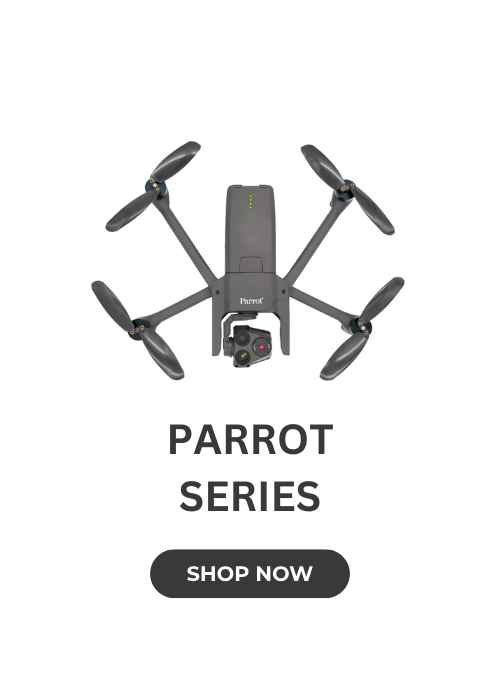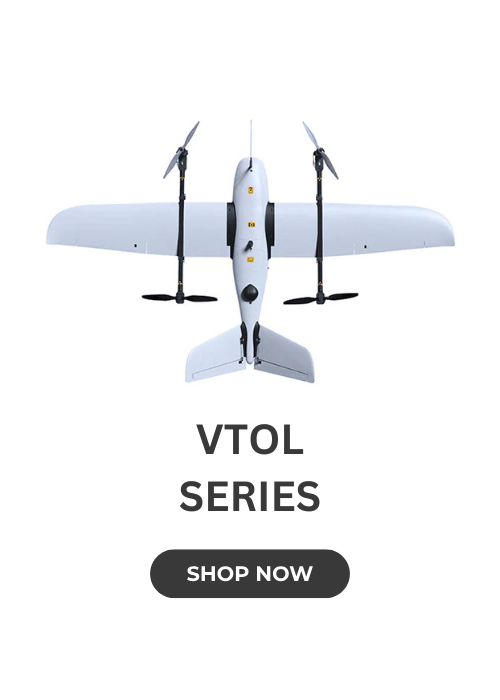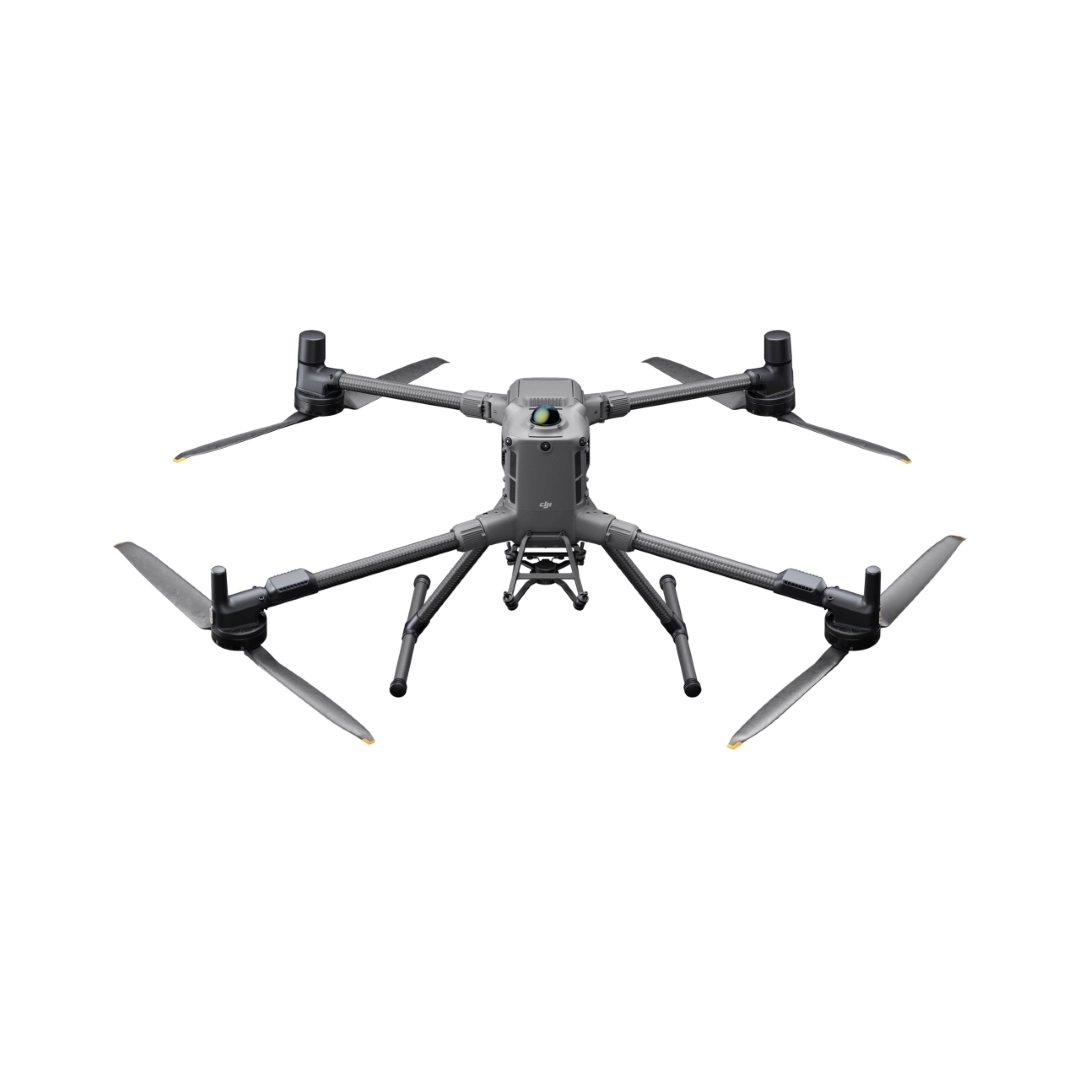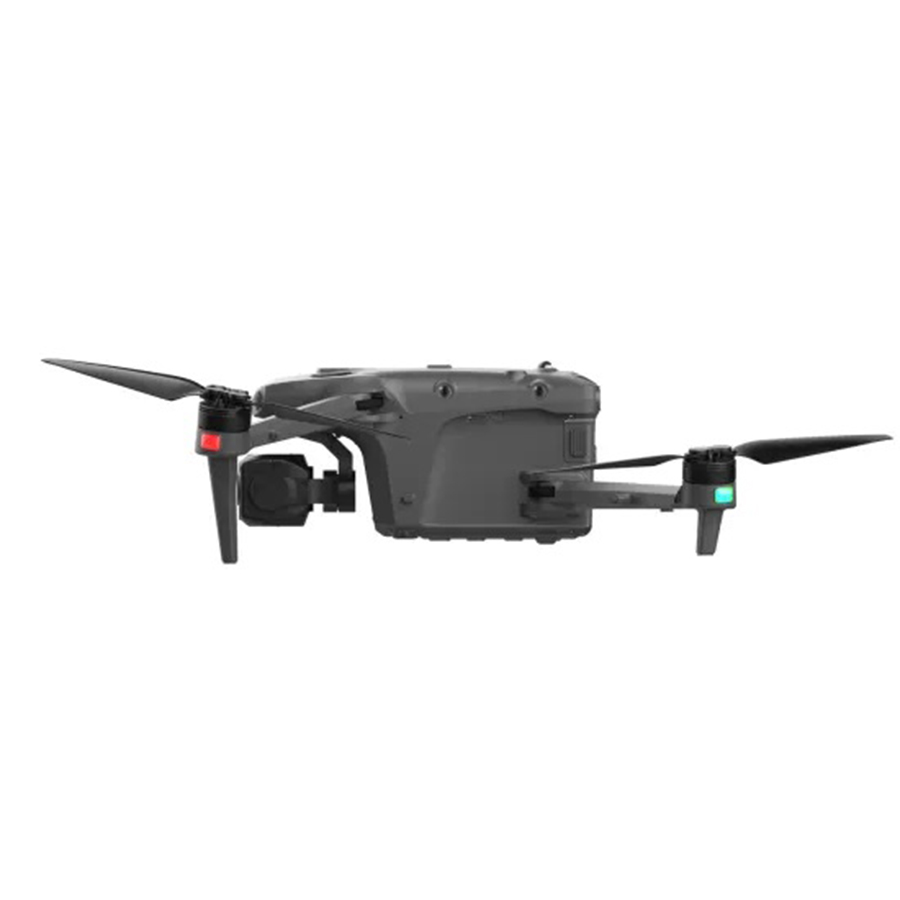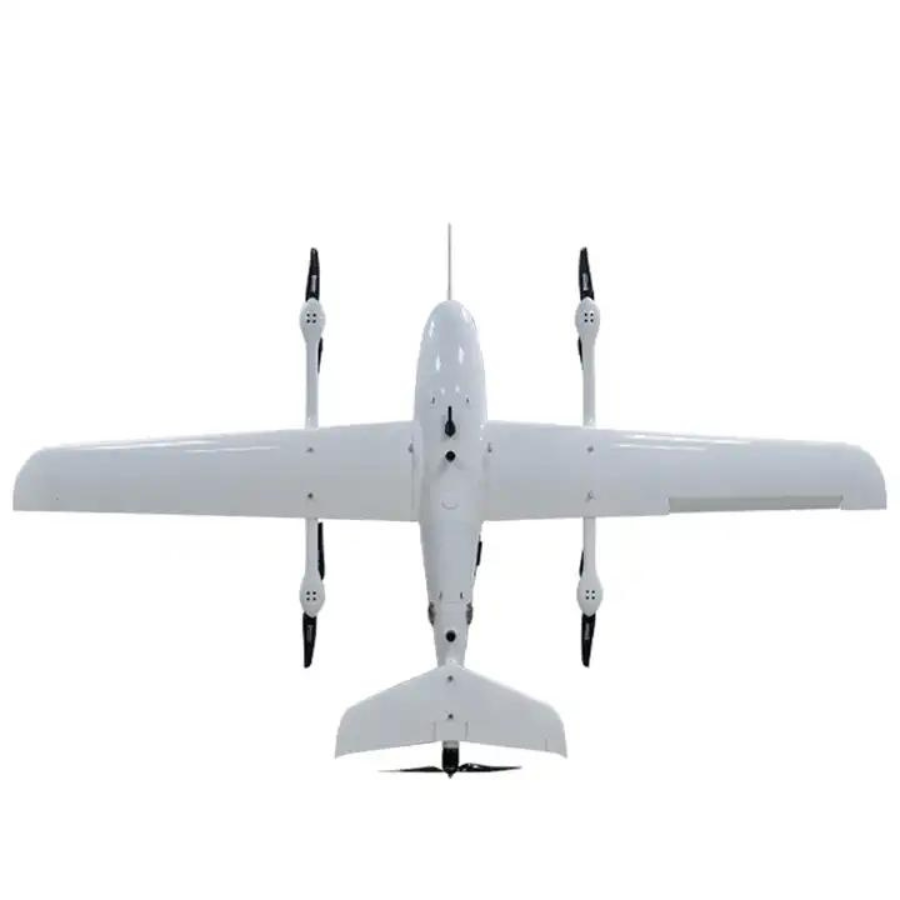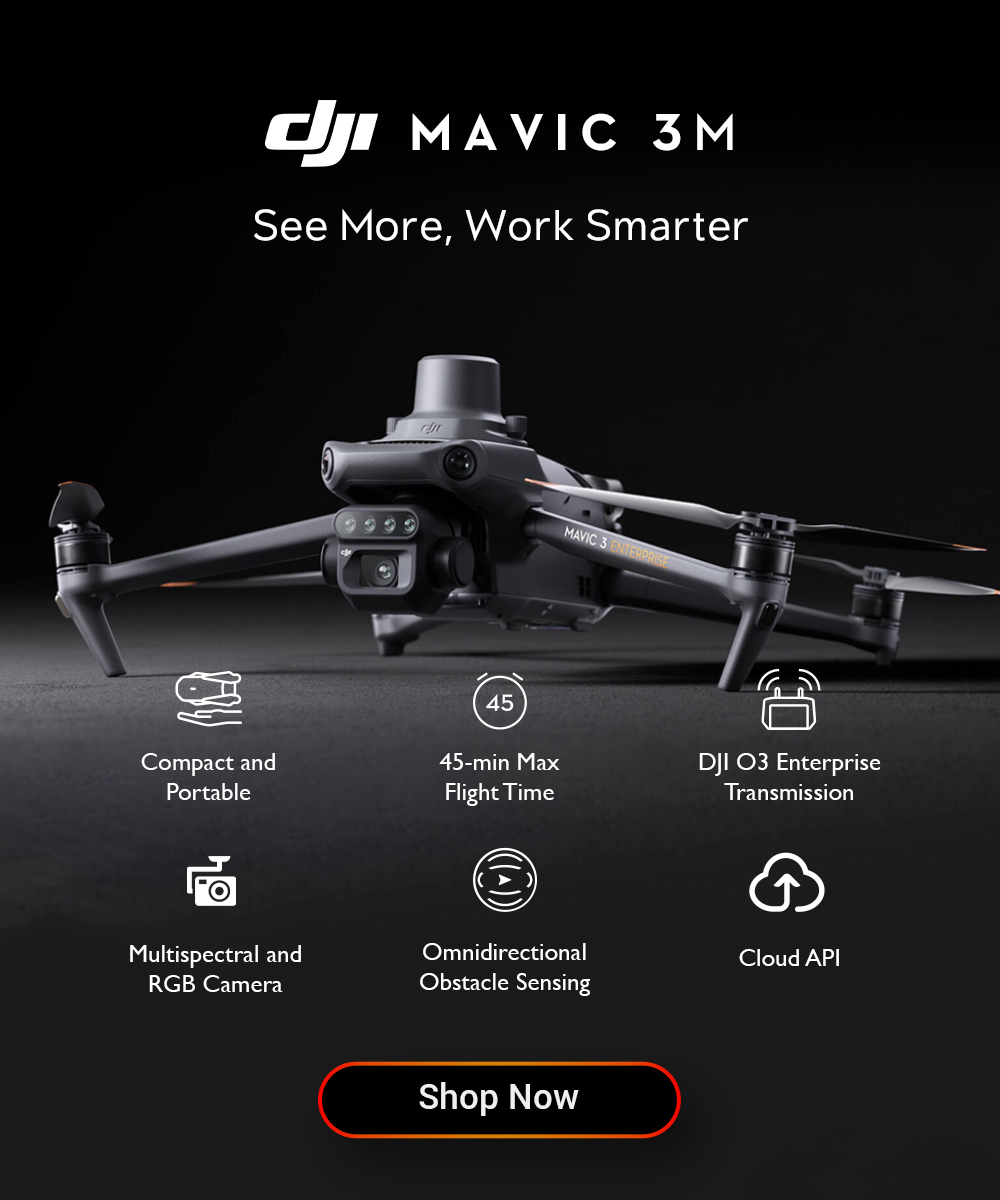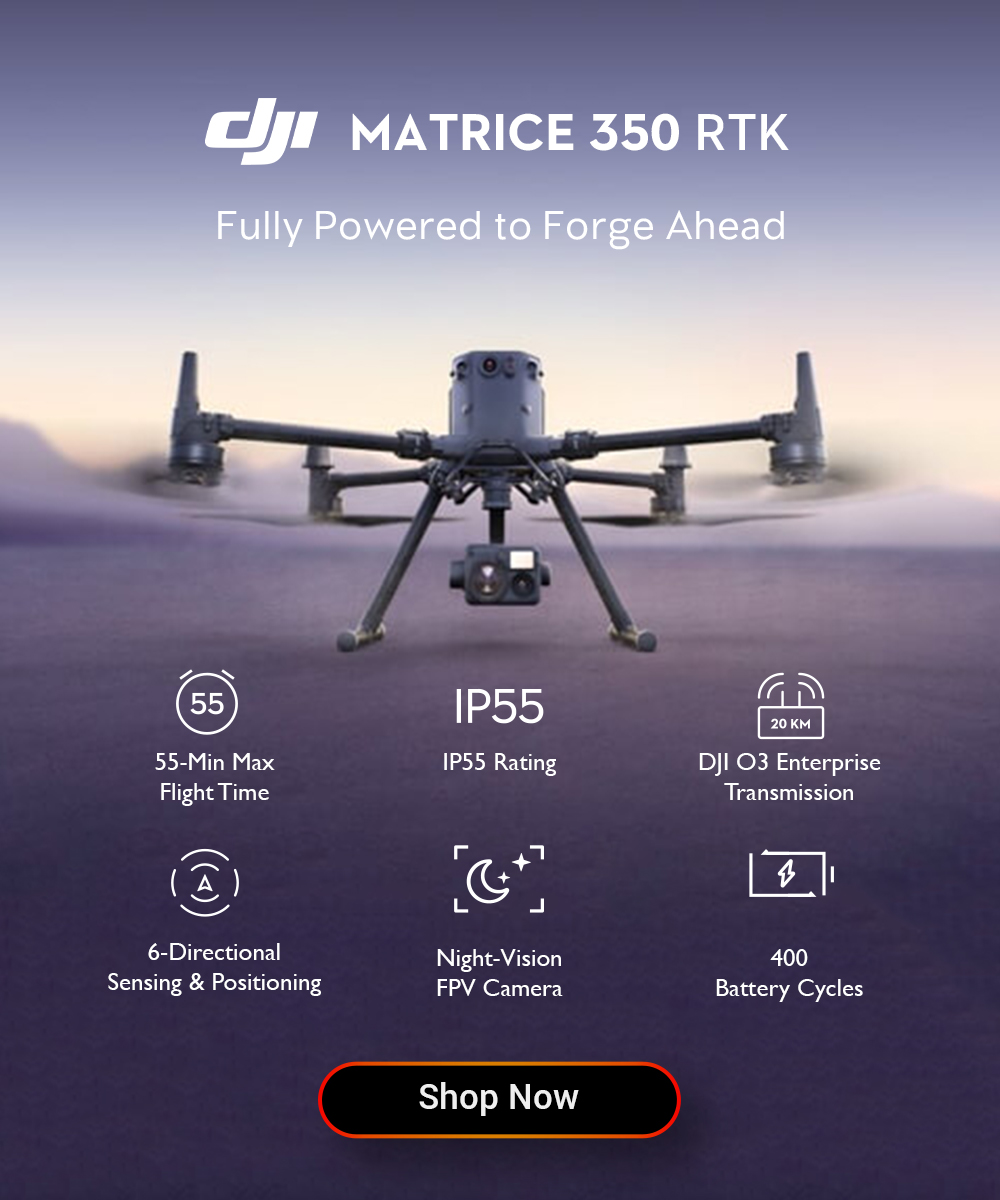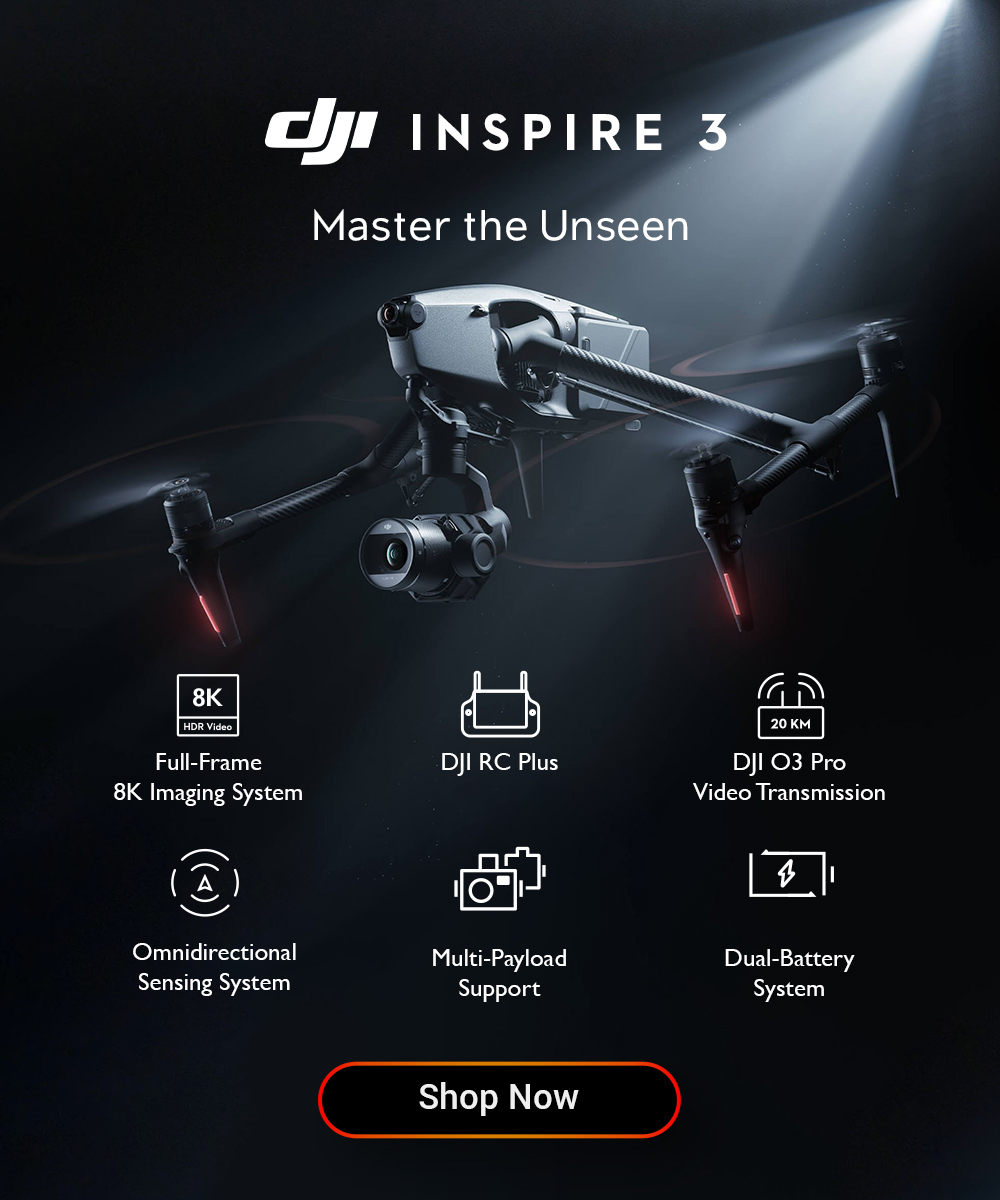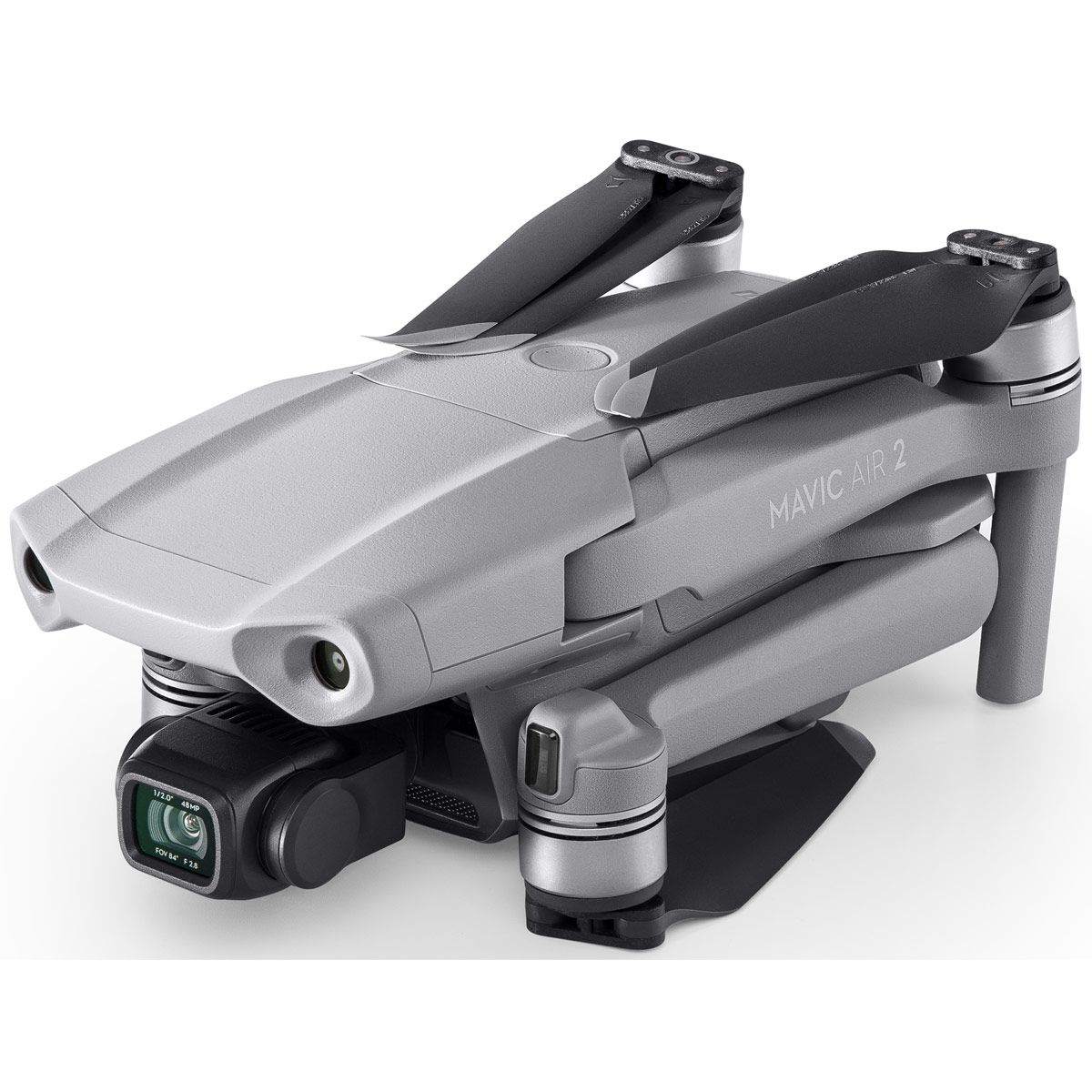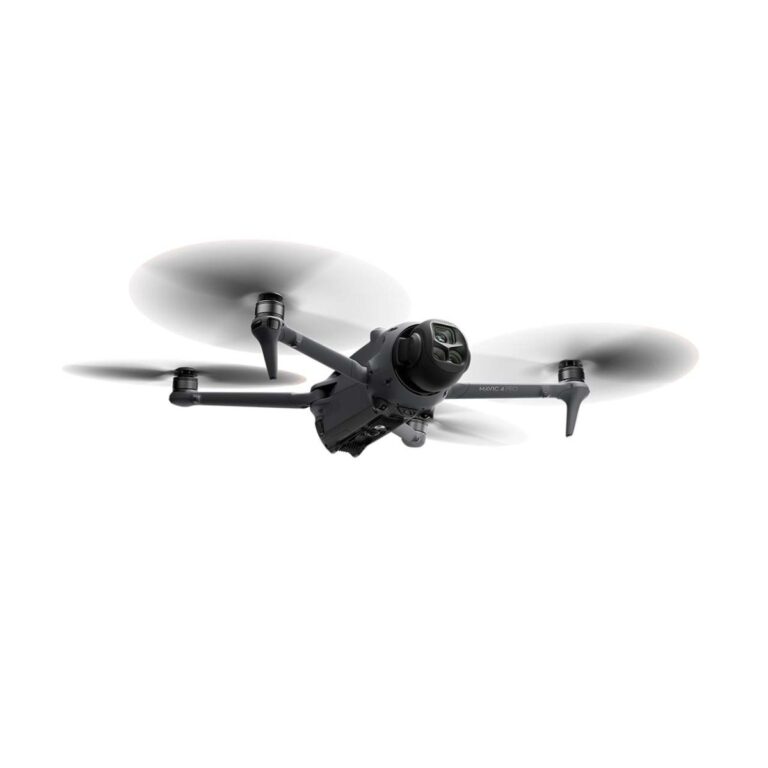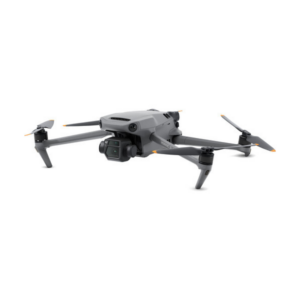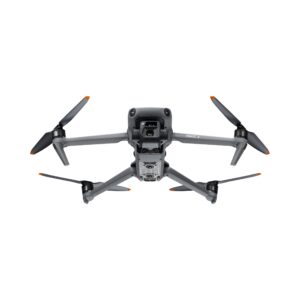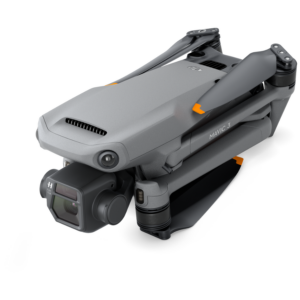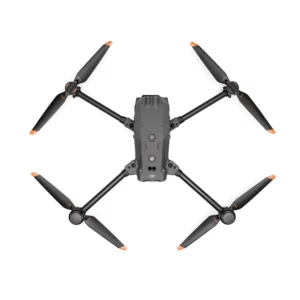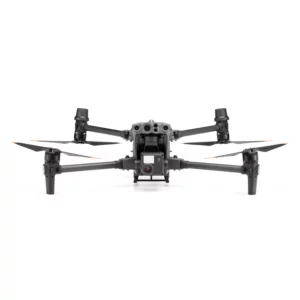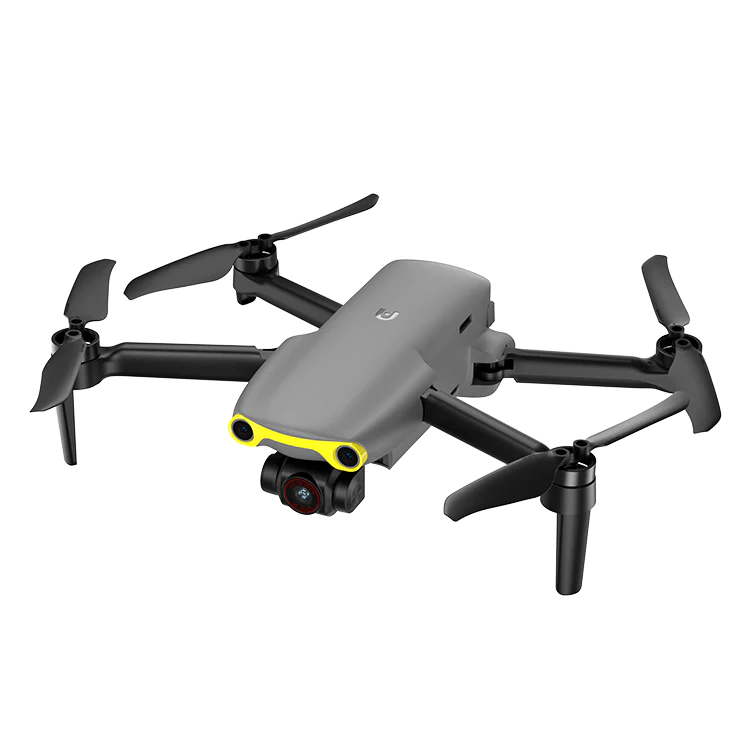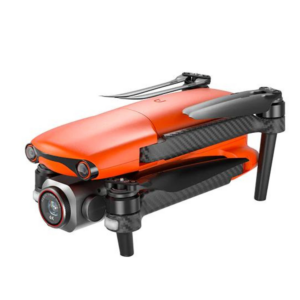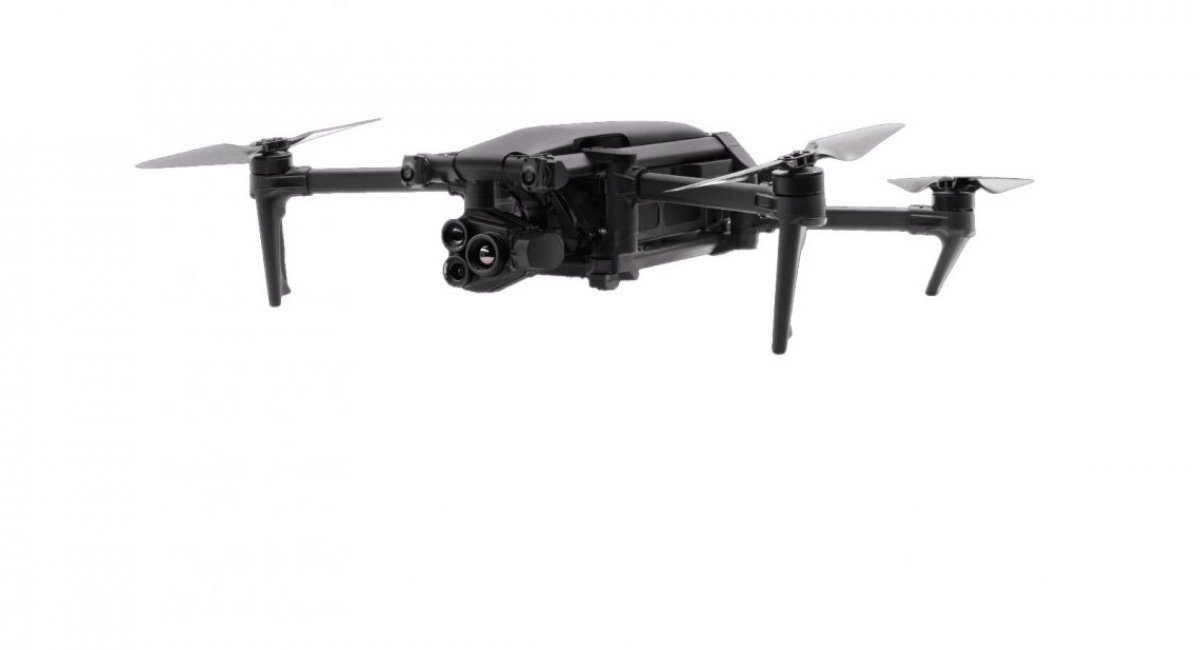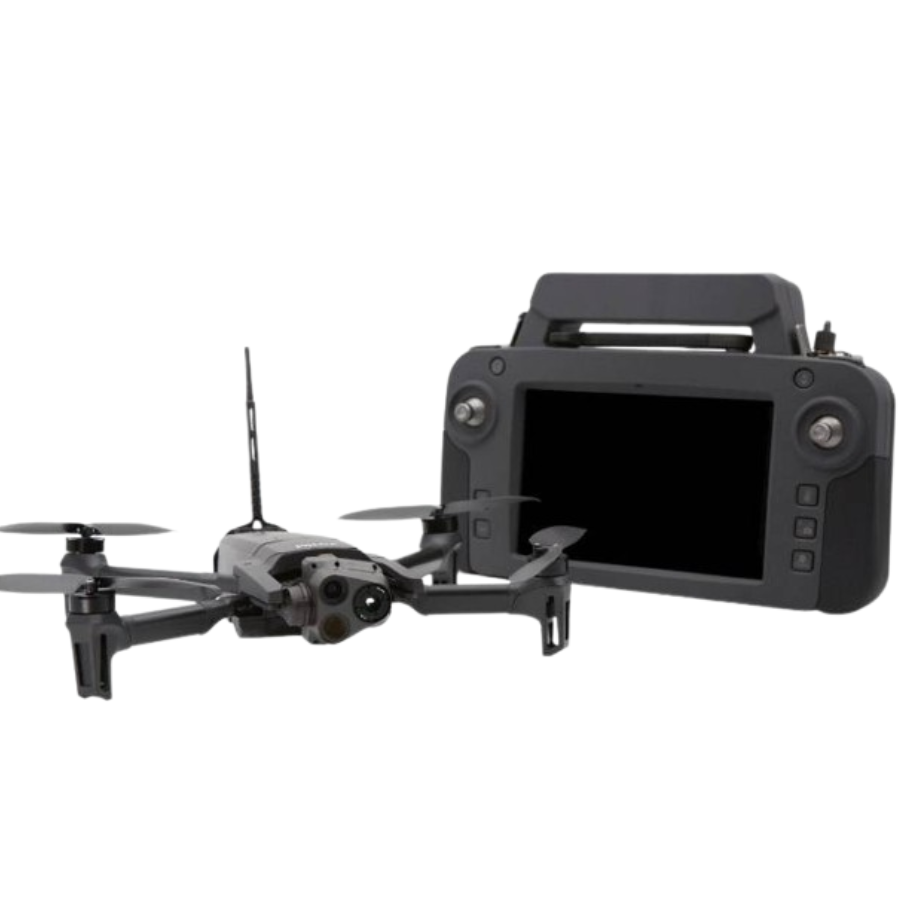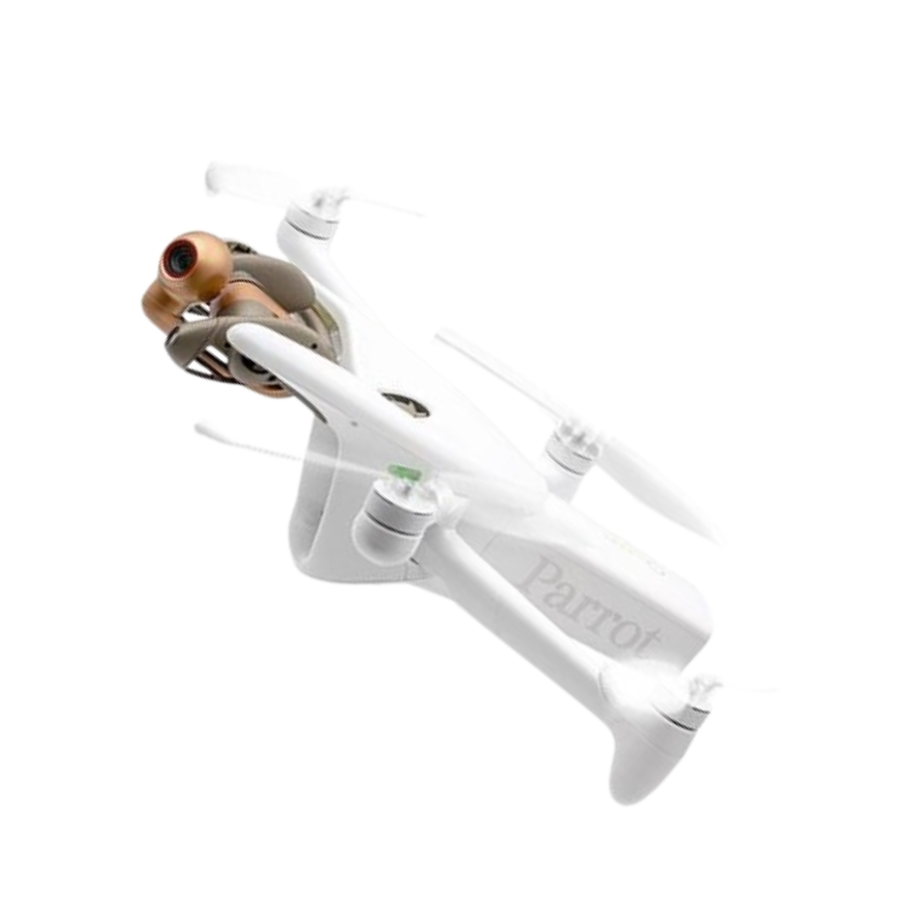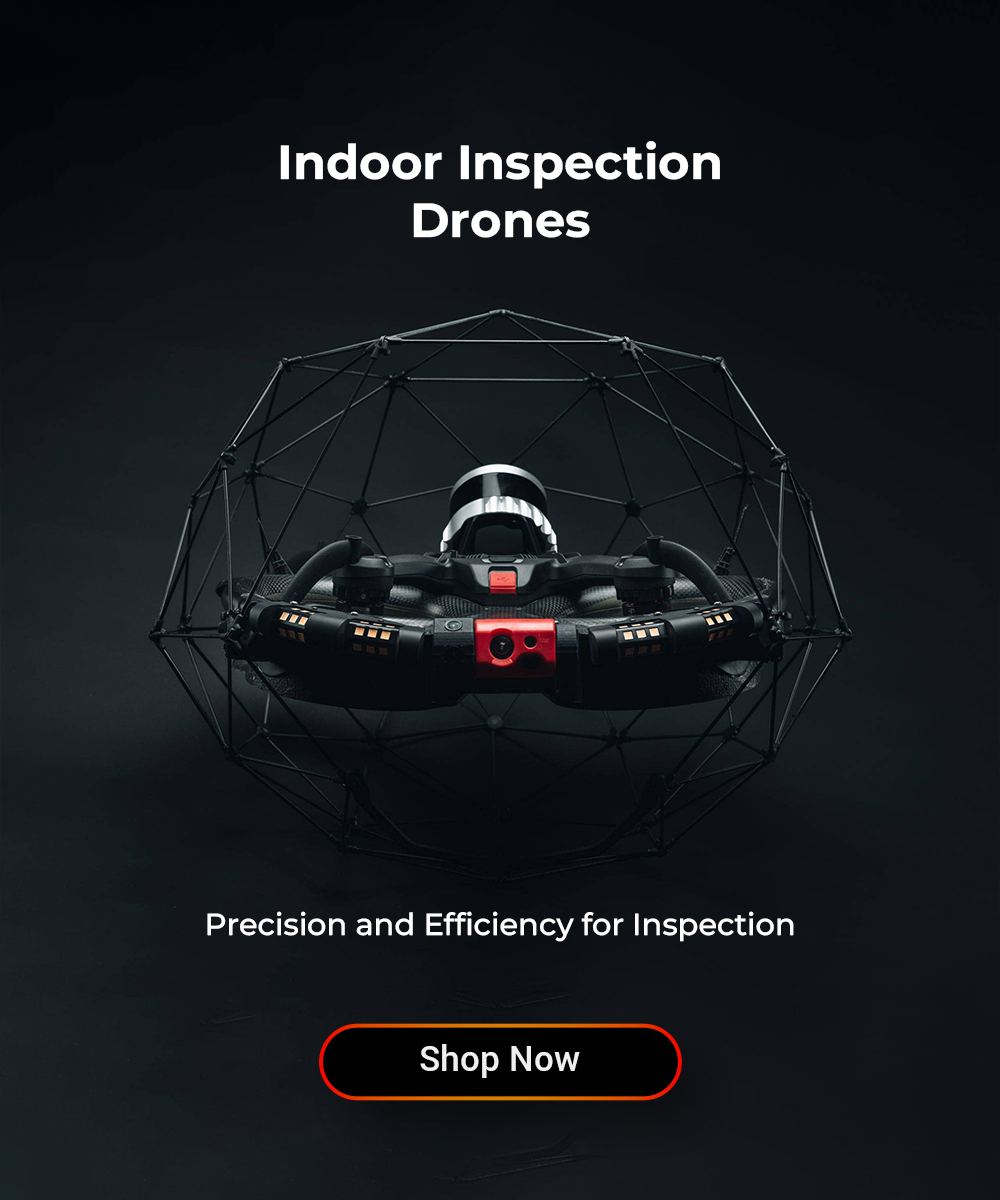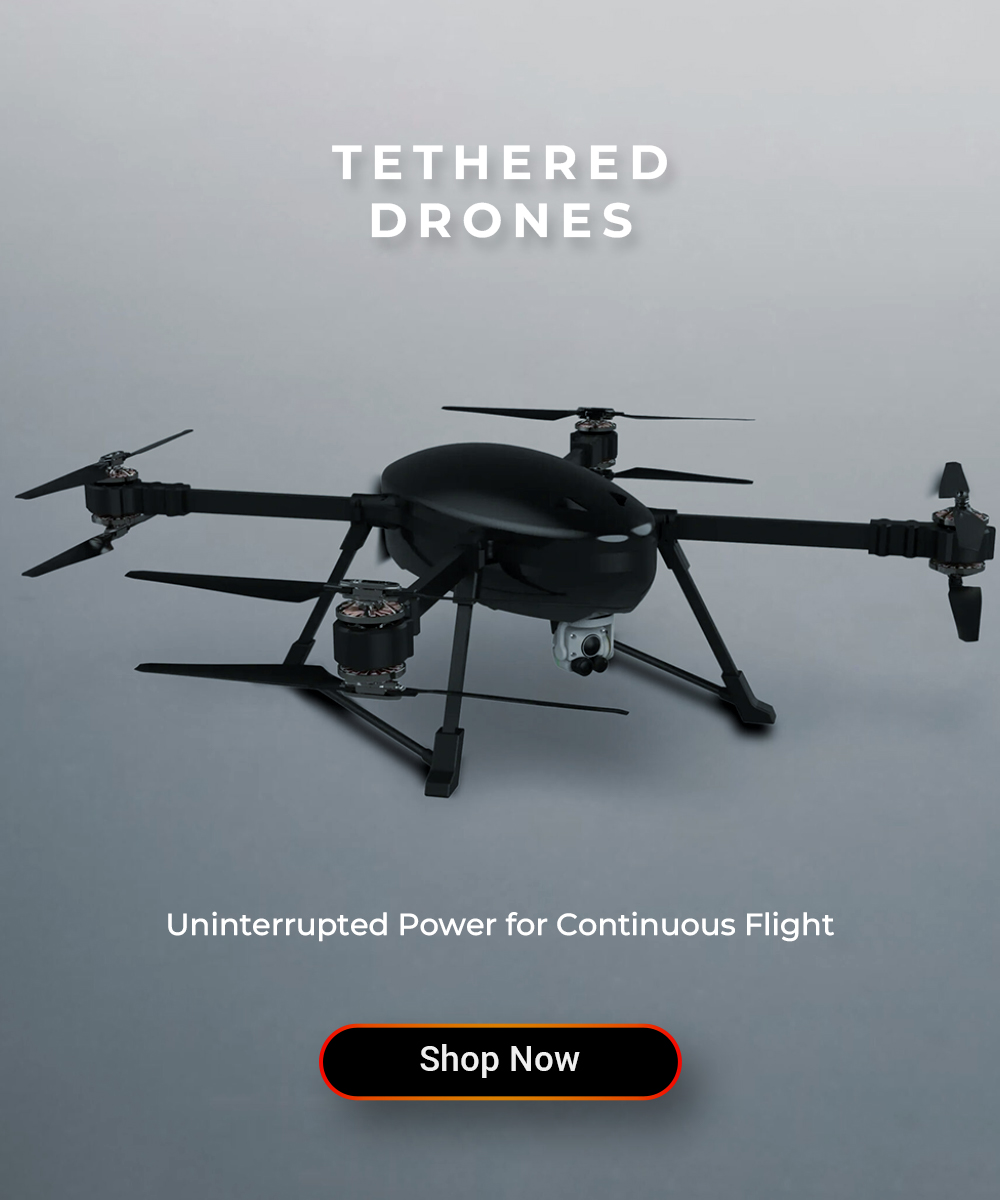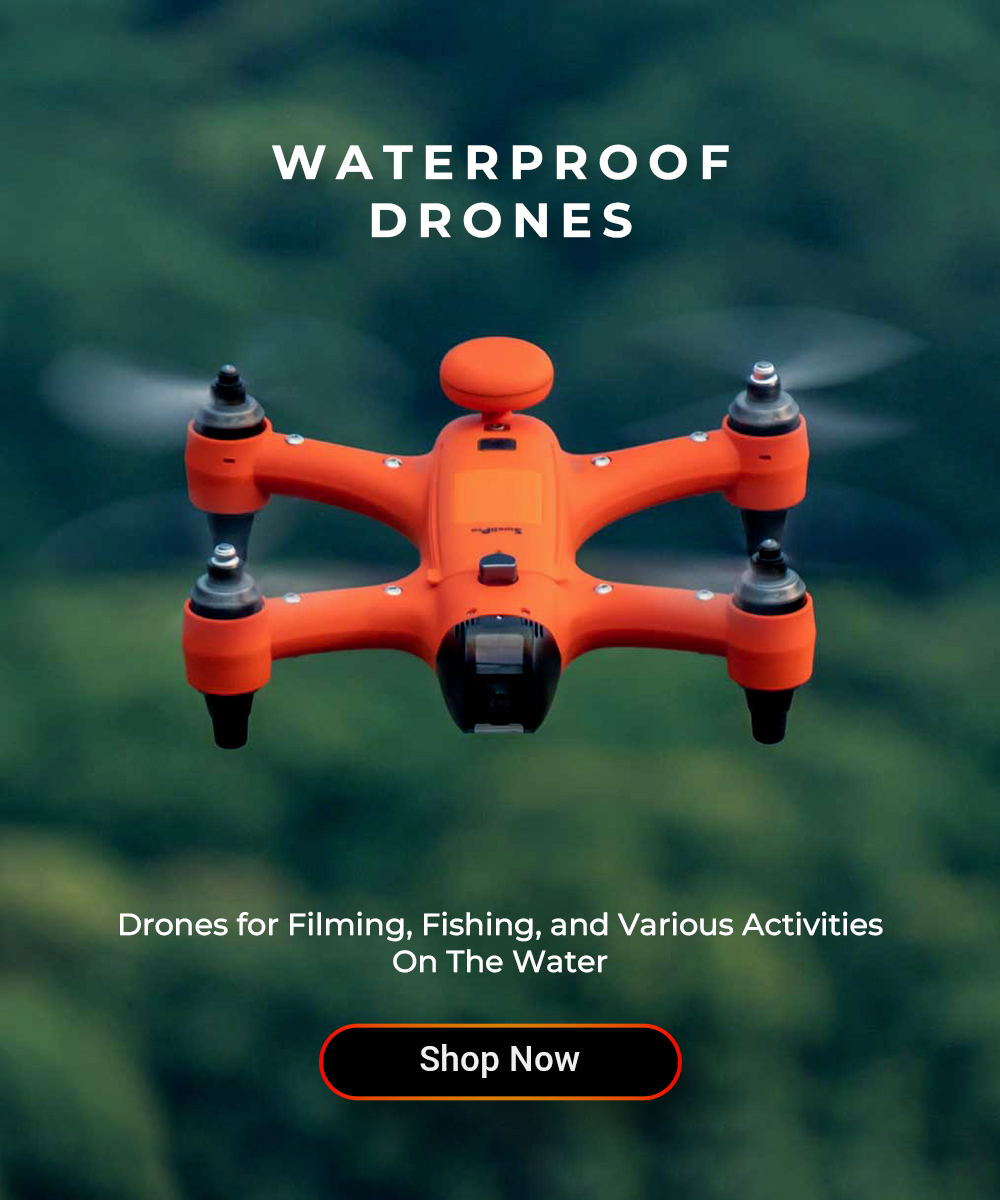
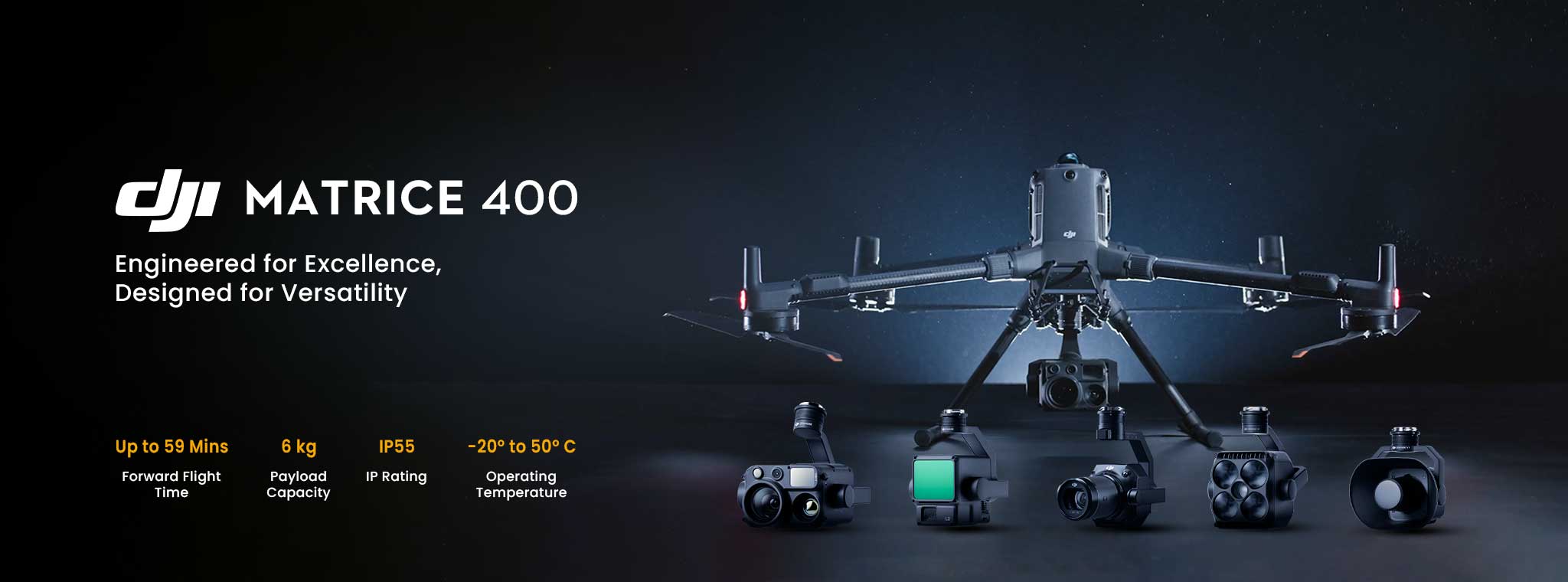
Most Popular Enterprise Drones
Industry-Leading Drones
Power Your Missions with the Best in Enterprise Technology
DJI Mavic Series
Pro-Grade Aerial Imaging, Packed in a Foldable Frame
Capture cinematic shots with ease—perfect for creators, travelers, and professionals.
DJI Matrice Series
The Industrial Standard for Aerial Intelligence
Adaptable. Reliable. Designed for mission-critical operations across energy, infrastructure, public safety, and beyond.
Dock Series
Autonomous Drone Operations. Anywhere. Anytime
Industrial-grade drone-in-a-box solution for 24/7 remote missions, monitoring, and inspections.
Autel Enterprise Series
Enterprise Drone Accessories
Parrot Enterprise Series
Versatile Applications
Explore drones for various industrial application.
Drones: Versatile Solutions for Diverse Applications.
Which Drone is Right for You?
Confused between the DJI Matrice 400, Mavic 3 Enterprise, or a heavy-lift drone?
Let our experts help.
Get a free consultation—customized for your industry, payload needs, and budget.
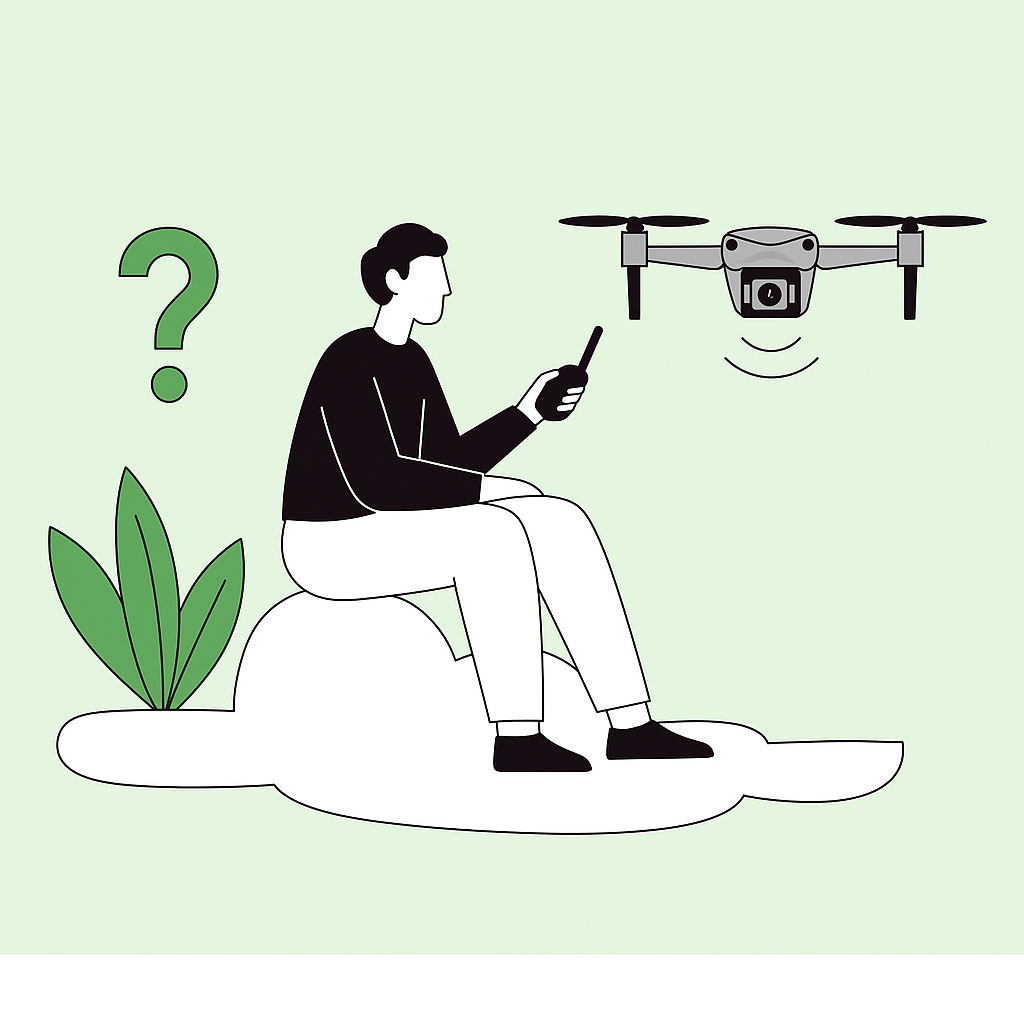
Frequently asked questions
What after-sales support does XBoom offer for consumer drones?
XBoom provides comprehensive after-sales support, including technical assistance, repair services, and spare parts. Our team is dedicated to ensuring you have the best possible experience with your drone, offering guidance on maintenance and troubleshooting as needed.
Will I get GST Bill on my purchase ?
Yes! We will give GST bill on your all purchase from us.
Is there AMC available ?
Yes! contact us to opt for AMC on your drones.
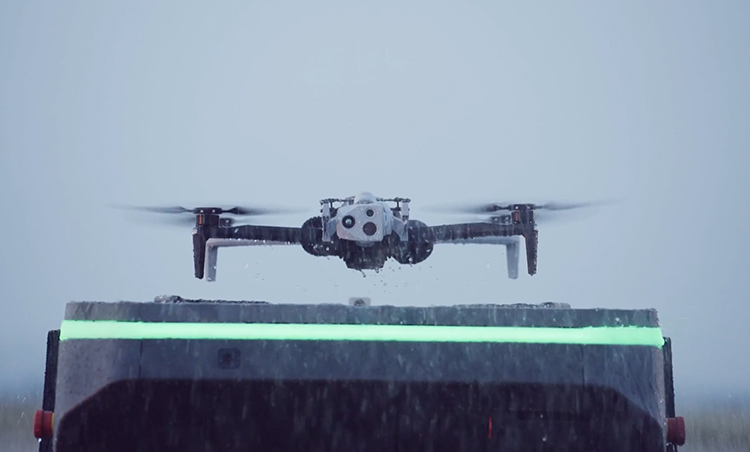
Read More
Introduction to DJI Enterprise Drones
DJI, a leader in drone technology, has significantly expanded its reach into the enterprise sector, revolutionizing industries with unparalleled efficiency and innovation. DJI enterprise drones, known for their advanced features and robust capabilities, cater to a wide range of commercial applications, from agriculture to infrastructure, making them indispensable tools in today’s fast-paced business environment.
The Importance of Drones in Modern Enterprise Operations
Drones have become pivotal in transforming operations across various sectors. In agriculture, drones like the DJI Agras series offer precision farming solutions, drastically improving crop health and yield. Security operations benefit from the enhanced surveillance capabilities of drones, providing real-time monitoring and response. Similarly, in construction and infrastructure, drones facilitate detailed inspections and monitoring, ensuring safety and compliance.
Spotlight on Key DJI Enterprise Models
DJI offers a range of enterprise drones designed for specific industry needs. The DJI Agras T30 leads in agricultural innovation, offering efficient spraying and monitoring for large-scale farming. The Mavic series, including the DJI Mavic 3 and its variants, offers versatility with high-quality imaging for inspection and surveillance. For industrial strength and versatility, the DJI Matrice 350 stands out, equipped to handle complex operations in challenging environments.
Exploring the Specialized Functions of DJI Enterprise Drones
DJI enterprise drones are equipped with specialized functions to tackle industry-specific challenges. Thermal drones are invaluable in search and rescue, wildlife monitoring, and infrastructure inspection, offering clear thermal imaging even in low visibility. Agriculture drones revolutionize farming practices with precision spraying and crop monitoring. Multispectral drones provide invaluable data for crop health analysis, while Zenmuse cameras deliver unparalleled image quality for various applications.
Case Studies: DJI Enterprise Drones in Action
Real-world applications of DJI drones underscore their transformative impact. In agriculture, drones like the DJI Agras T30 have significantly increased crop yields while reducing labor and resource costs. Security and surveillance have been enhanced with the Mavic series, providing comprehensive monitoring solutions. Infrastructure projects benefit from the Matrice 350, which offers detailed inspections and data collection.
Choosing the Right DJI Enterprise Drone for Your Needs
Selecting the right drone involves considering specific operational needs, including flight time, payload capacity, and imaging requirements. Comparing features across the DJI enterprise range can help identify the best fit for your industry and application, ensuring optimal performance and results.
Maintenance and Upkeep of DJI Enterprise Drones
To ensure longevity and reliability, regular maintenance of DJI drones is essential. Routine checks, firmware updates, and proper storage practices help in maintaining optimal functionality and preventing common issues.
Training and Certifications for DJI Drone Pilots
Professional training and certification enhance the skills of drone pilots, ensuring safe and efficient operation of DJI enterprise drones. DJI and other organizations offer programs that cover operational techniques, regulatory compliance, and advanced piloting skills.
Regulatory Compliance and Legal Considerations
Understanding and adhering to drone regulations is crucial for enterprise operations. DJI drones are designed with compliance in mind, but operators must stay informed about local laws and regulations to ensure lawful and responsible drone use.
The Future of DJI Enterprise Drones
The future of DJI enterprise drones is marked by continuous innovation, with advancements in AI, autonomous flight, and integrated solutions set to further transform industries. The potential for drones to enhance business operations and contribute to societal advancement is vast and continually evolving.
Conclusion: Elevating Enterprises to New Heights with DJI
DJI enterprise drones are at the forefront of technological innovation, offering solutions that elevate industries by enhancing efficiency, safety, and productivity. With a range of models tailored to meet specific needs, DJI continues to lead the way in drone technology, transforming business operations worldwide.
Call to Action: Explore DJI Enterprise Solutions Today
Embrace the future of industry with DJI enterprise drones. Explore the range, discover the potential, and elevate your business operations to new heights. Contact us for consultation and embark on your journey with DJI today.
Applications of Thermal Drones
Introduction
In the rapidly evolving world of technology, thermal drones represent a significant leap forward, offering capabilities far beyond traditional imaging. Leading this charge are DJI and Autel, two giants in the drone industry, whose advanced thermal drones are being sold on platforms like xboom.in. These sophisticated tools are not just about capturing images from the sky; they’re revolutionizing how we approach a myriad of applications, from search and rescue missions to precision agriculture.
Understanding Thermal Drones
At the heart of thermal drones lies thermal imaging technology, which allows these devices to detect heat sources and present them as visual images. This capability is pivotal in environments where visibility is low, or the subject is obscured, offering a distinct advantage over standard cameras. DJI and Autel have harnessed this technology, creating drones that provide invaluable data across various sectors.
DJI and Autel Thermal Drones
DJI and Autel are at the forefront of thermal drone technology, each offering models that cater to diverse needs. These drones are equipped with state-of-the-art thermal cameras, robust flight capabilities, and intuitive controls, making them accessible to professionals and enthusiasts alike.
Applications of Thermal Drones
The versatility of thermal drones is evident in their wide range of applications. From aiding in search and rescue operations to conducting detailed industrial inspections, these drones have become indispensable tools in numerous fields.
Search and Rescue Operations
In search and rescue, time is of the essence. Thermal drones offer a quick, efficient way to locate individuals in challenging terrains or conditions. Their ability to detect heat signatures has saved lives, proving their worth in critical missions.
Wildlife Monitoring
Conservation efforts have been bolstered by thermal drones, which provide a non-intrusive method of tracking wildlife. These drones can monitor animal populations and behavior without disturbing their natural habitats, offering insights that were previously difficult to obtain.
Industrial Inspections
Thermal drones have become a game-changer in the industrial sector, allowing for the inspection of infrastructure, pipelines, and machinery with precision and safety. They can identify potential issues before they escalate, saving time and resources.
Agriculture and Land Management
In agriculture, thermal drones are revolutionizing how farmers manage their lands. By analyzing thermal images, farmers can make informed decisions on irrigation, pest control, and crop rotation, enhancing yield and sustainability.
Public Safety and Law Enforcement
The applications of thermal drones extend to public safety and law enforcement, where they assist in crowd control, surveillance, and crime scene analysis. They provide a bird’s-eye view that is crucial in managing complex situations.
Construction and Infrastructure Inspection
Thermal drones offer a unique perspective on construction sites and infrastructure, identifying structural issues that are not visible to the naked eye. This capability ensures the longevity and safety of buildings and bridges.
Energy Sector Inspections
In the energy sector, thermal drones play a critical role in maintaining power lines, substations, and refineries. They can detect overheating and other issues that could lead to failures, ensuring continuous operation.
Environmental Monitoring
The environmental applications of thermal drones are vast, from tracking deforestation to managing water resources. They provide essential data for conservation efforts, helping to protect our planet for future generations.
The Future of Thermal Drones in Various Industries
As we look to the future, the potential for thermal drone technology is boundless. With advancements in AI and machine learning, these drones will become even more integral to our lives, offering solutions to some of our most pressing challenges.
Choosing the Right Thermal Drone
Selecting the right thermal drone involves considering factors such as range, resolution, and durability. DJI and Autel offer models that cater to various needs, each with its unique features.
Maintenance and Care for Thermal Drones
To ensure the longevity of these advanced tools, regular maintenance and care are essential. This includes software updates, battery checks, and cleaning of the thermal sensors.
Regulations and Legal Considerations
The use of thermal drones is subject to regulations and legal considerations, particularly regarding privacy and airspace. It is important for users to stay informed and comply with local laws to ensure ethical and legal use of this technology.
Case Studies
Real-world applications of DJI and Autel thermal drones highlight their impact across industries. From aiding in disaster relief to enhancing agricultural productivity, these case studies showcase the transformative power of thermal imaging.
Conclusion
Thermal drones by DJI and Autel are redefining what’s possible across a range of industries, offering innovative solutions to age-old problems. As we continue to explore their potential, one thing is clear: the future of thermal imaging is bright, and it’s taking us to new heights.
Applications of Enterprise Drones
Enterprise Drones: Revolutionizing Industry Operations
Enterprise drones have become essential across industries. From boosting efficiency to capturing high-precision data, these drones solve real-world challenges with speed and accuracy. At Xboom.in, we offer top-tier enterprise drones from DJI, Autel, and Parrot—trusted names in drone innovation.
DJI Enterprise Drones
DJI leads the drone market with advanced, reliable solutions. Models like the Matrice and Mavic Enterprise series offer intelligent features, high-resolution sensors, and rugged designs. They’re ideal for tasks like infrastructure inspection, agriculture, and search operations. DJI drones deliver performance you can trust in critical conditions.
Autel Enterprise Drones
Autel drones, such as the EVO II Dual, combine powerful thermal imaging with user-friendly controls. They’re perfect for rescue teams, firefighters, and security personnel. Known for their durability and dual cameras, Autel drones are made for tough jobs and fast decision-making.
Parrot Enterprise Drones
Parrot’s ANAFI USA and ANAFI Thermal are lightweight, portable, and packed with features. With thermal and visual sensors, they serve sectors like energy, conservation, and emergency response. Their quick deployment and analytics make them a smart choice for fast-paced field work.
Key Applications of Enterprise Drones
1. Surveillance & Security
Monitor large areas in real time. Drones enhance perimeter checks, crowd control, and event safety with minimal manpower.
2. Precision Agriculture
Use aerial insights to track crop health, plan irrigation, and detect pests. Drones help farmers increase yield and reduce waste.
3. Infrastructure Inspection
Inspect bridges, towers, and power lines safely. Drones offer clear visuals without putting workers at risk.
4. Surveying & Mapping
Create 3D maps and land surveys faster. Drones replace manual tools with high-resolution aerial data.
5. Search & Rescue
Deploy quickly during emergencies. Drones locate victims, assess damage, and deliver supplies in disaster zones.
6. Environmental Monitoring
Track wildlife, study ecosystems, and monitor climate impacts. Drones gather data without disturbing the environment.
7. Delivery & Logistics
Reach remote areas with critical supplies. Drones are reshaping last-mile delivery with speed and precision.
Conclusion
Enterprise drones are transforming how businesses operate. With solutions from DJI, Autel, and Parrot available on Xboom.in, you get tools built for performance, safety, and results. Whether for agriculture or emergency response, the future of enterprise operations is airborne.
Applications of Underwater Drones
10 Powerful Applications of Underwater Drones
Underwater drones, or unmanned underwater vehicles (UUVs), are transforming how we explore and manage aquatic environments. Here are 10 impactful ways they’re used across industries:
-
Marine Research & Conservation
Scientists use drones to study coral reefs, track marine life, and monitor climate change effects, like coral bleaching in the Great Barrier Reef. -
Underwater Archaeology
These drones help discover and document shipwrecks and submerged cities, such as the Antikythera wreck in Greece, using high-res images and 3D mapping. -
Oil & Gas Inspections
Underwater drones inspect offshore rigs and pipelines, detect leaks, and monitor structural health—boosting safety and reducing disaster risks. -
Environmental Monitoring
Equipped with sensors, drones track water pollution, temperature, and algal blooms—vital for preserving marine ecosystems like the Baltic Sea. -
Search & Rescue Operations
Drones help locate objects or victims underwater quickly and safely, even in deep or dangerous zones—proving essential in emergency response. -
Underwater Filmmaking & Photography
Creators use drones to shoot cinematic marine footage without diving, unlocking new perspectives for documentaries and ocean storytelling. -
Aquaculture Management
Farms use drones to monitor fish health, behavior, and water quality in real time—optimizing feeding and ensuring healthy growth. -
Port & Harbor Security
Drones inspect hulls and underwater zones for threats or contraband—key during major international maritime events or regular security sweeps. -
Scientific Exploration
Researchers send drones into underwater volcanoes and deep caves, collecting data from zones unsafe or unreachable for human divers. -
Recreational Use
Hobbyists explore marine life from boats or shore, making underwater exploration accessible and fun for anyone passionate about the sea.
Conclusion:
From science and safety to recreation, underwater drones are pushing the boundaries of what’s possible below the surface. Explore high-performance UUVs at Xboom.in—where innovation meets exploration.
FAQs
Q: What are enterprise drones and why are they important in professional precision tasks?
Enterprise drones are advanced UAVs designed for industrial use. They handle tasks like mapping, surveying, and inspections with high precision.
Q: What accessories are essential for maximizing the performance of enterprise drones?
To boost performance, use accessories like extra batteries, thermal cameras, RTK GPS, and collision avoidance sensors for better output.
Q: How can enterprise drones improve productivity and cost-efficiency in professional precision operations?
Enterprise drones collect data faster, reduce manpower needs, and lower costs. They help complete complex tasks with greater speed and accuracy.
Q: What industries can benefit from using enterprise drones in professional precision applications?
Industries like construction, mining, oil and gas, and agriculture use enterprise drones for better efficiency, safety, and data accuracy.
Q: How can professionals ensure the safe and legal operation of enterprise drones in precision tasks?
Follow aviation rules, get licensed, train pilots, inspect drones, avoid no-fly zones, and use checklists before every flight.
Q: What are enterprise drones used for?
Enterprise drones serve in various roles like aerial mapping, agriculture analysis, infrastructure inspection, and search and rescue missions.
Q: What are the benefits of using enterprise drones?
They increase speed, cut costs, improve safety, and deliver accurate data, helping businesses make faster, smarter decisions.
Q: What accessories are essential for professional drone operations?
Key accessories include batteries, propellers, cameras, RTK GPS, analysis software, and durable cases for safe transport and performance.
Q: How can I ensure the safety and security of enterprise drones?
Keep software updated, inspect regularly, train users, avoid restricted zones, and follow strict data protection practices.
Q: Where can I find reputable suppliers for enterprise drones and accessories?
Visit trusted stores like Xboom.in. Compare brands, check features, read reviews, and choose drones that suit your needs.









